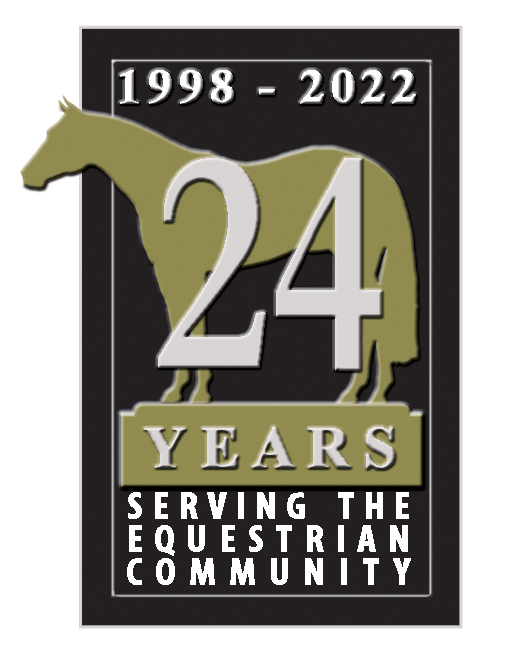Pet Talk – Separation Anxiety
March 21, 2010Nearly all pet owners consider their animals an integral part of the family, and treat them as such. Most pets do not make a fuss when you leave the house, although they are always happy to see you return. Others have a disorder that is called ‘separation anxiety’, where the pet’s owner must be in sight at all times, otherwise the animal will go crazy. Many of these dogs that have separation anxiety have a hyper-attachment to the owner; are excessively attentive to the owner, and follows him or her everywhere. They always want to be held, touched, or clinging to the owner and sometimes even become anorexic when the owner is not present.
“Occasionally this behavior problem is seen in puppies and adult dogs from rescue groups or shelters, or adult dogs that have to suddenly deal with schedule changes in which they are spending numerous hours alone, when in the past the owner was always with them” said Dr. M.A. Crist, Clinical Assistant Professor at the Texas A&M College of Veterinary Medicine & Biomedical Sciences. “Separation anxiety is usually about two things, separation and anxiety or fear.”
Symptoms of separation anxiety in dogs can include destructive behavior directed towards personal items like clothing, remote controls, bedding, doorways and windows, in an effort to escape from crates or confined rooms. Persistent barking, howling, and eliminations with urine and fecal accidents in multiple areas may all be signs of anxiety from being left alone. If you notice hypersalivation with possible puddles of thick saliva in the crate or near a doorway or window, it may be caused from your pet scratching in order to attempt escape. These symptoms occur when the dog is alone or believes it is alone.
Treatment of separation anxiety will usually involve people interaction, the dog’s environment, and sometimes anti-anxiety medication. Some common management steps are can also include increasing your dog’s level of independence, interactions with people, and sometimes the involvement of anti-anxiety medications.
“It is recommended to not reward anxiety attention seeking from dogs as a level of comfort. Providing attention during these situations will enable your dog and reinforce the unwanted behavior. Positive attention that is initiated by the owner and scheduled training can be helpful” said Crist. “Keep your arrivals and departures to a minimum and non-eventful. It is recommended to perform all departure activities 30 minutes prior to leaving such as feeding, walking, and eliminating. Do not leave in a hurry because the dog will pick up on this and can be nervous when the owner leaves the home. Evaluate some of the departure activities the owner performs such as getting the car keys, picking up a wallet or purse, or getting the cell phone. Any of these can be predictors that the owner is going to depart and make the dog anxious. One can try to desensitize the dog to some of the departure of the activities by performing them at times when the owner is not leaving. Teach the pet to be left alone by providing dog bed areas in different rooms for the dog to lie down. Practice with the pet having them lie in these areas for longer periods of time each time and then begin leaving the home and increasing the length of time periods.”
Certain methods of distraction can also work well to keep your pet occupied while you leave the premises. These methods include the owner leaving a treat that will take the dog a long time to consume, or leaving the television or music on in the house. Dogs may be kept in a crate which sometimes can increase or decrease the anxiety level, and may also protect the home from damage made by the unwanted behavior of the pet. You may also use a synthetic dog appeasing pheromone (DAP) throughout the household where the pet is located. The pheromone may provide some degree of calming in dogs that experience separation anxiety.
“Sometimes dogs suffer from separation anxiety to a point where they need to be prescribed medication from a veterinarian or a veterinary behavior specialist” said Crist. “It is recommended that the medication and a behavior modification program go hand in hand and that the medication does not replace the modification plan. The two veterinary approved medications for separation anxiety in dogs are Clomicalm (generic name clomipramine) and Reconcile (generic name fluoxetine).”
ABOUT PET TALK.
Pet Talk is a service of the College of Veterinary Medicine & Biomedical Sciences, Texas A&M University. Stories can be viewed on the Web at http://tamunews.tamu.edu .
Suggestions for future topics may be directed to cvmtoday@cvm.tamu.edu .


